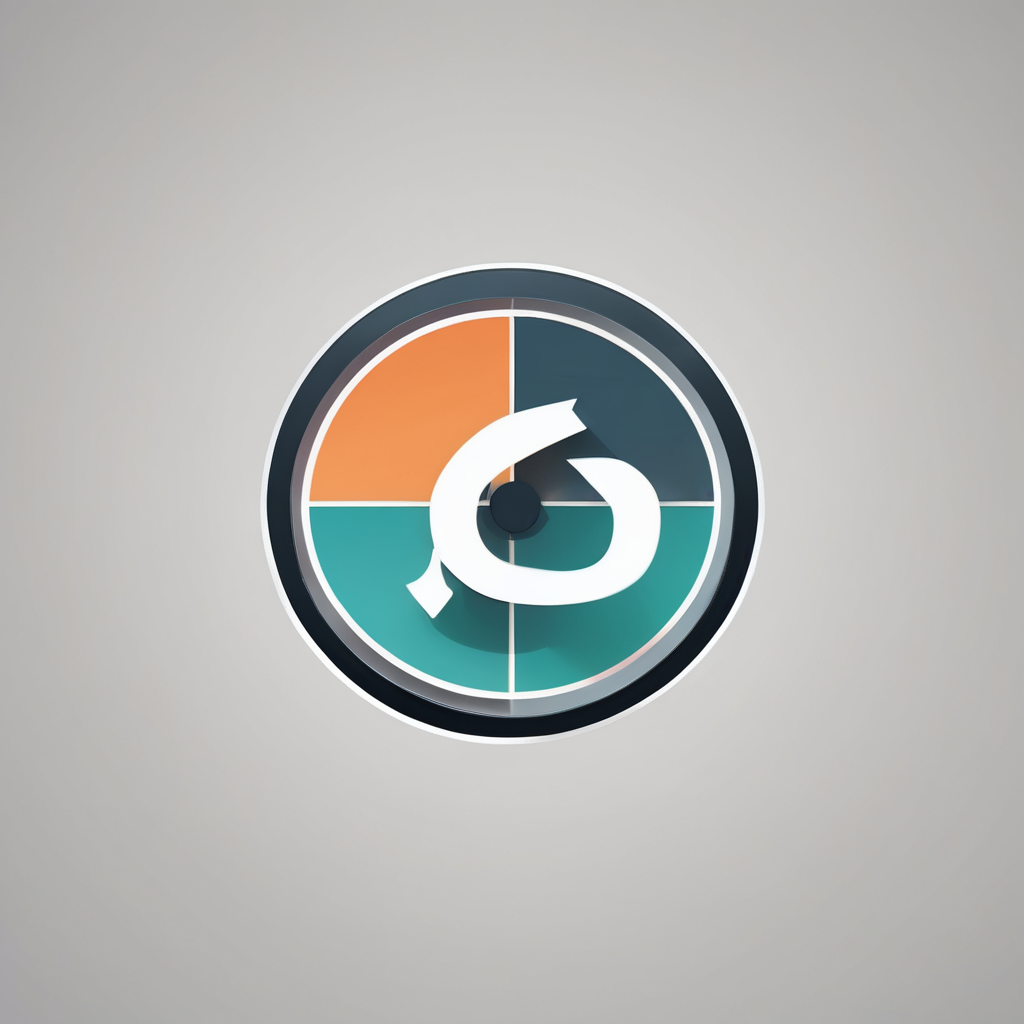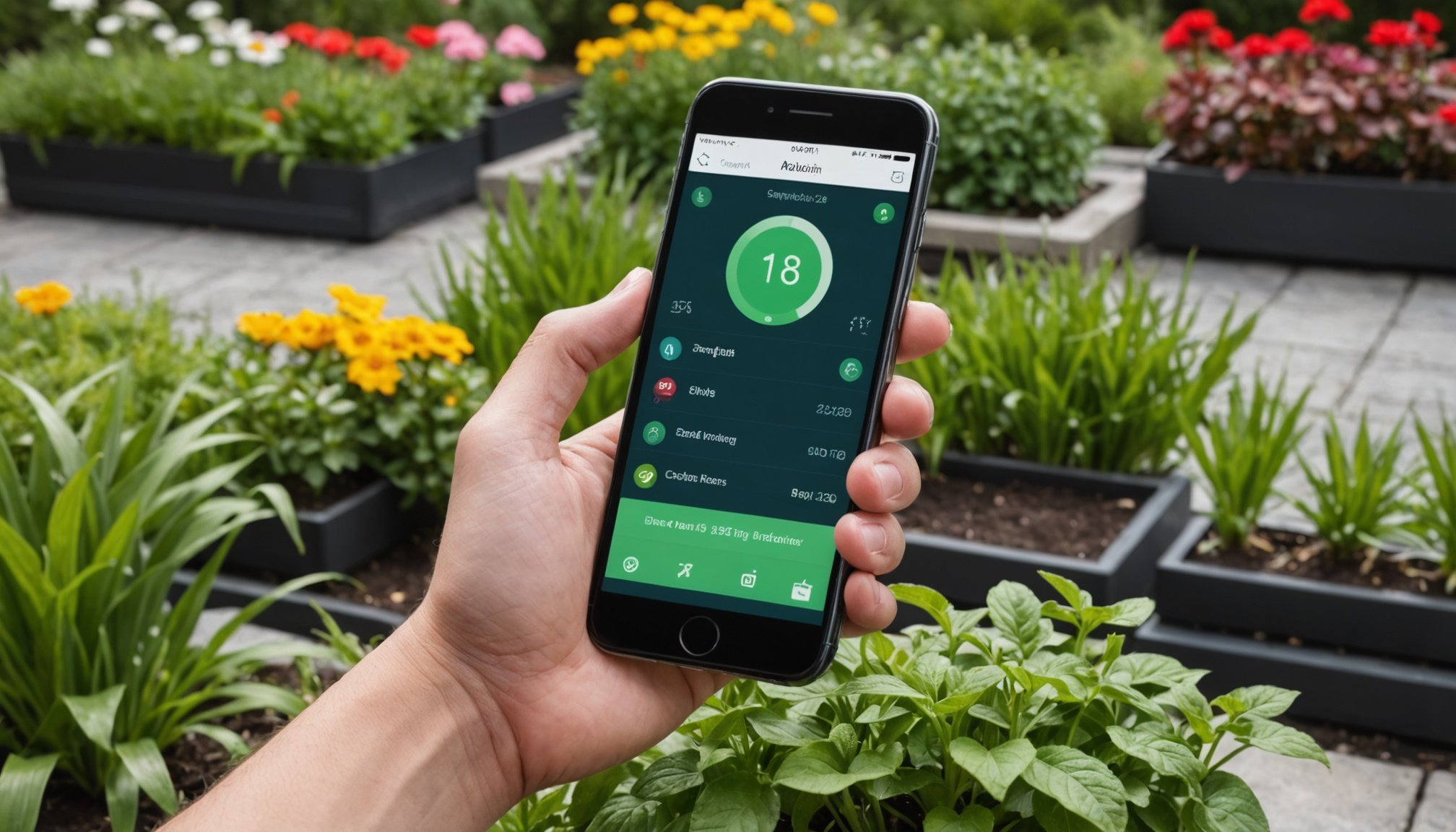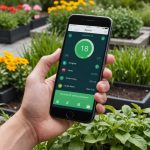Overview of Smart Garden Systems
Smart garden technology is revolutionising the way we approach gardening by making it more efficient and enjoyable. A garden control centre enables users to manage their gardens effortlessly. This system typically includes various components such as sensors and controllers that monitor environmental conditions. These are crucial for maintaining optimal plant health by detecting soil moisture, temperature, and sunlight exposure.
One of the primary benefits of these systems is their ability to provide precise data. This data guides gardeners in optimising water usage and ensuring the garden thrives. Smartphone integration plays a pivotal role in enhancing this management. Through dedicated apps, users can control their garden remotely. This level of oversight ensures that gardens are cared for, even while owners are away.
Also to see : Mastering smart irrigation: effortlessly control your home watering system with your smartphone
Furthermore, smart garden systems often include intuitive dashboards. Gardeners can receive real-time alerts if their garden requires attention. These systems help reduce manual labour while increasing productivity. As technology continues to evolve, smart garden solutions will become an invaluable tool for both novice and experienced gardeners. With these systems in place, maintaining a vibrant and flourishing garden is no longer a daunting task.
Required Apps for Smart Garden Control
Transforming your garden into a smart haven requires the right selection of smart garden apps. These apps enable seamless smartphone management of your garden, offering convenience at your fingertips.
Also read : Elevate your home security: seamlessly control your smart lock with your smartphone
Top Recommended Apps
When selecting apps for your smart garden, consider options like SmartThings, Gardena Smart System, and Rachio. Each of these smart garden apps provides comprehensive control over various garden functionalities through your smartphone. They have gained popularity due to successful integration with different devices and ease of use.
Features to Look For
In smart garden apps, essential features include real-time monitoring, automated scheduling, and weather forecasting. These elements in smartphone management allow you to maintain optimal garden conditions effortlessly. Look for apps that provide actionable notifications and analytical insights to help enhance your gardening decisions.
Compatibility with Devices
Ensuring compatibility between your chosen app and existing garden devices is crucial. Smart garden apps should facilitate integration capabilities, allowing different brands and models to communicate efficiently. Assess the app’s user interface; it should be intuitive and straightforward to enhance accessibility. Emphasis on user reviews and ratings can offer insights into the app’s reliability and customer satisfaction, rounding off an informed choice for your smart garden management.
Setting Up Your Smart Garden Control Center
Successfully setting up a Smart Garden Control Center begins with understanding the setup process. Initially, ensure all garden devices are compatible with your control center. Begin by downloading the associated app, which will walk you through each step.
-
Device Pairing: Start by turning on Bluetooth and Wi-Fi on your smartphone to pair it with garden devices. Most apps guide you through this automatically, showing which devices are within reach.
-
Once paired, organize devices into categories, such as irrigation or lighting. This structure ensures ease of access and management.
Tips for Optimizing Wireless Connections
- Position Devices Strategically: Place them within range of your Wi-Fi router to mitigate connection issues.
- Regular Updates: Ensure both the app and devices are running on the latest firmware for optimal performance.
- Router Settings: Adjust settings for a robust connection, like setting up a dedicated channel or ensuring no interference from other devices.
In focusing on these steps, you harness smart technology efficiently. Such detailed, methodical setup processes ensure not only proper function but also enhance the longevity and efficacy of your smart garden system.
Advanced Automation Features
When it comes to making gardening both efficient and enjoyable, smart gardening through advanced automation is a game-changer.
Creating Smart Schedules
Scheduling is pivotal in smart gardening; it dictates watering and feeding routines based on plant needs. Automation strategies allow creating precise schedules that adjust according to plant species, growth phases, and seasonal changes. For instance, succulents might need weekly watering in summer, while tropical plants could need more frequent attention. By integrating smart gardening systems, these schedules adapt seamlessly and reduce manual oversight.
Condition-Based Automation
Beyond simple scheduling, condition-based automation strategies revolutionise plant care. These systems can automate responses to environmental changes, like activating sprinklers during dry spells or dimming lights if ambient light increases. This ensures plants thrive under optimal conditions continuously, offering a proactive approach compared to traditional practices.
Notifications and Alerts
Smart alerts are a crucial feature of advanced automation, crucial in maintaining plant health. Receive notifications if water levels drop or soil pH shifts, allowing swift corrective actions. Such alerts can prevent damage before it becomes irreparable, ensuring an environment conducive to plant growth and vitality.
These automation features enrich gardening experiences, combining technology with nature efficiently.
Troubleshooting Common Issues
When dealing with smart device issues, it’s crucial to approach them with a clear strategy. Connectivity issues often top the list of common problems. These arise when the smart device fails to connect to other devices or the internet. The first quick fix is to ensure that the device is within range of your Wi-Fi router and that the network is functioning correctly. A simple restart of both your device and router can sometimes resolve connectivity problems.
If you’re facing app malfunctions, confirm that the app is updated to the latest version. Older app versions can lead to incompatibilities and glitches, requiring a simple update to fix. Checking for updates in your device’s app store is an easy way to ensure your apps run smoothly.
When all else fails, knowing how to reset devices effectively can be your saviour. Most smart devices come with a manual that includes instructions for a factory reset. This process will return the device to its original settings, potentially resolving lingering issues. However, remember that resetting will erase all settings and data, so try to back up important information beforehand.
Comparisons of Popular Smart Gardening Devices
Smart gardening devices have revolutionised the way we manage our gardens. As technology evolves, several categories have emerged to address diverse gardening needs effectively.
Smart Irrigation Systems
Smart irrigation systems are designed to automate watering schedules, potentially conserving water while ensuring plants receive the necessary moisture. Key features often include weather sensing, remote control via smartphone apps, and integration with voice assistants. Brands like Rachio and RainMachine lead in this category, each offering distinct advantages: Rachio’s emphasis on ease of use and RainMachine’s local interface. However, they may require professional installation, adding to the cost. Prices range from £150 to £300, catering to different budget levels.
Soil Sensors
Soil sensors provide real-time data on soil moisture, temperature, and nutrient levels. These gadgets aim to optimise plant growth by giving gardeners vital soil condition insights. Popular brands like Parrot Flower Power are favoured for their versatility and user-friendly applications. Cons may include limited accuracy under extreme conditions. They typically cost between £40 and £120, proving accessible for most gardeners.
Smart Plant Monitors
Smart plant monitors are ideal for novice gardeners. They deliver essential care instructions by analysing environmental factors. Popular options like Xiaomi MiFlora offer Bluetooth connectivity and detailed plant care guides, although some lack a comprehensive app experience. Price points usually hover around £30 to £70.
Successful Implementation Examples
Smart garden centers have made significant strides in real-world applications. They’re transforming how people engage with gardening by offering automated solutions that enhance efficiency and yield. Let’s consider some remarkable case studies that showcase their effectiveness.
A prominent example involves a gardener integrating automated watering systems to maintain an optimal moisture level for plants. This setup eradicated the issue of either under or overwatering, dramatically improving plant health and growth.
Another success story comes from a community garden using smart sensors to monitor soil nutrient levels. Users report that the data collected through these sensors allowed for precise fertilization, reducing resource waste and promoting sustainable practices.
Several user testimonials highlight how such technologies have redefined gardening convenience. One homeowner, for instance, notes that automation not only saves time but also allows them to engage more creatively with plant selections and garden design.
In summary, the automation of garden centers facilitates informed decisions, leading to higher success rates in cultivation. It empowers users to achieve more with less, embodying innovation and efficiency in contemporary gardening.










